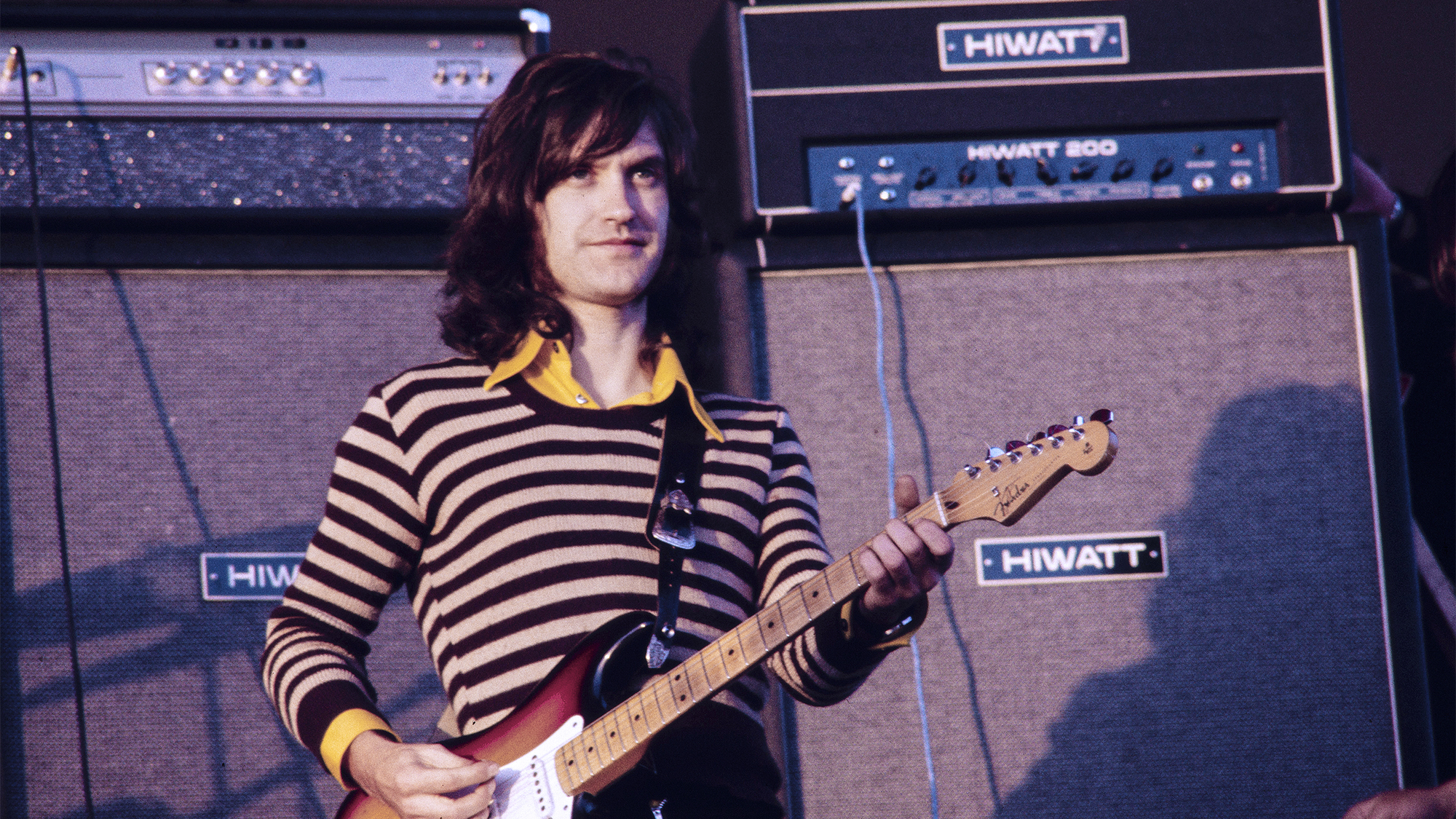Could This Be the Coolest Gibson Flat-Top of 2021?
Here's all you need to know about the new Nathaniel Rateliff LG-2 Western.
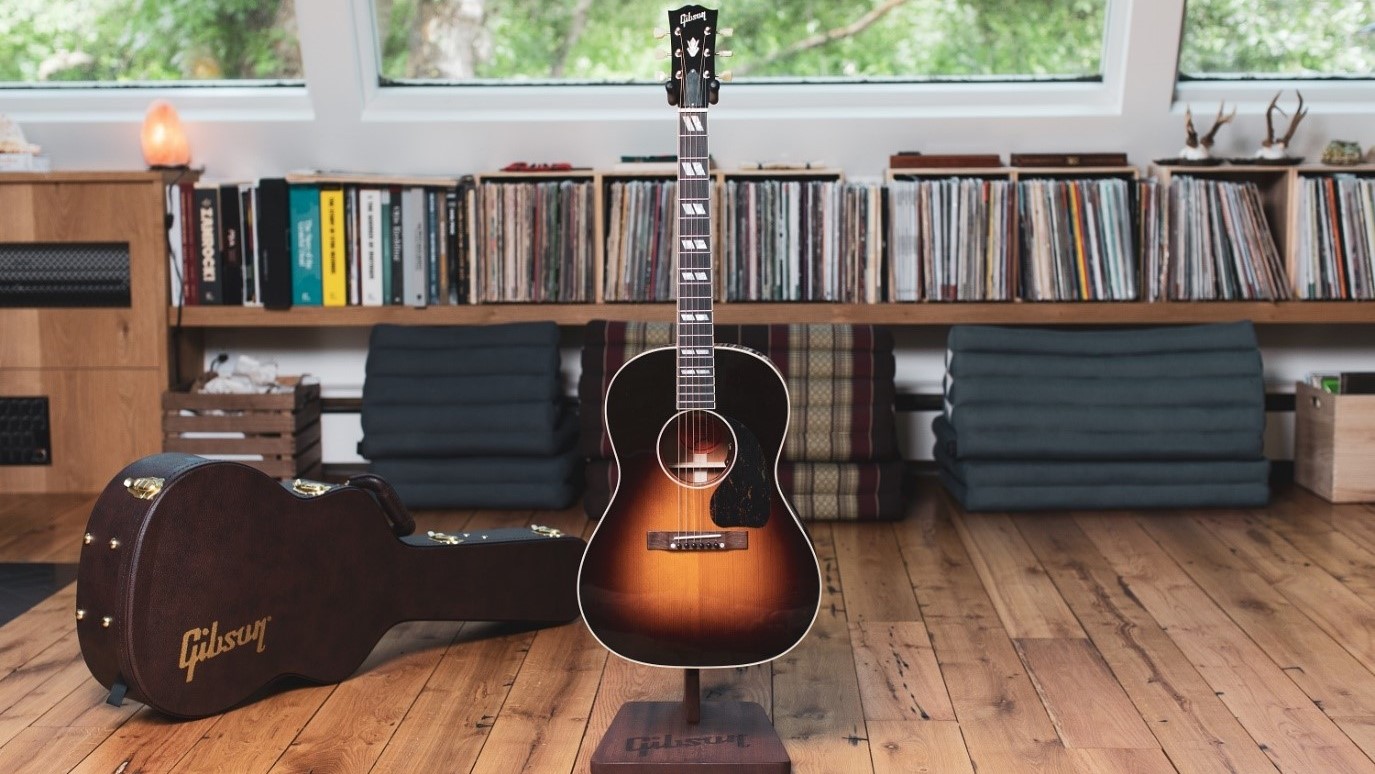
Small body, mahogany back and sides, Adirondack red spruce top, V-neck, sunburst finish, double-parallelogram inlays, LR Baggs pickup, and Gibson on the headstock… Some might say Gibson’s coolest flat-top acoustic guitar has just arrived.
But the Gibson Nathaniel Rateliff LG-2 Western is no ordinary guitar.
This awesome new hybrid model designed in collaboration with Nathaniel Rateliff was inspired by two vintage Gibson models owned by the number one-selling artist: the small-bodied LG-2 and the Country Western dreadnought.
So, what's the background on these classic flat-tops? Here's all you need to know...
LG-2
The small-bodied Gibson LG-2 flat-top was introduced in 1942 during the Second World War. Instruments built during this period are often referred to as ‘banner’ guitars on account of the headstock banner decal which reads, “Only a Gibson is good enough.”
The sunburst LG-2 was the first of the LG series guitars which also includes the mahogany top/ladder-braced LG-0; the ladder-braced LG-1; the top-of-the-line natural finish LG-3; and the LG-2¾ student model. All measure around 14 1/2 inches across apart from the 12 11/16 inch wide LG-2¾ student guitar.
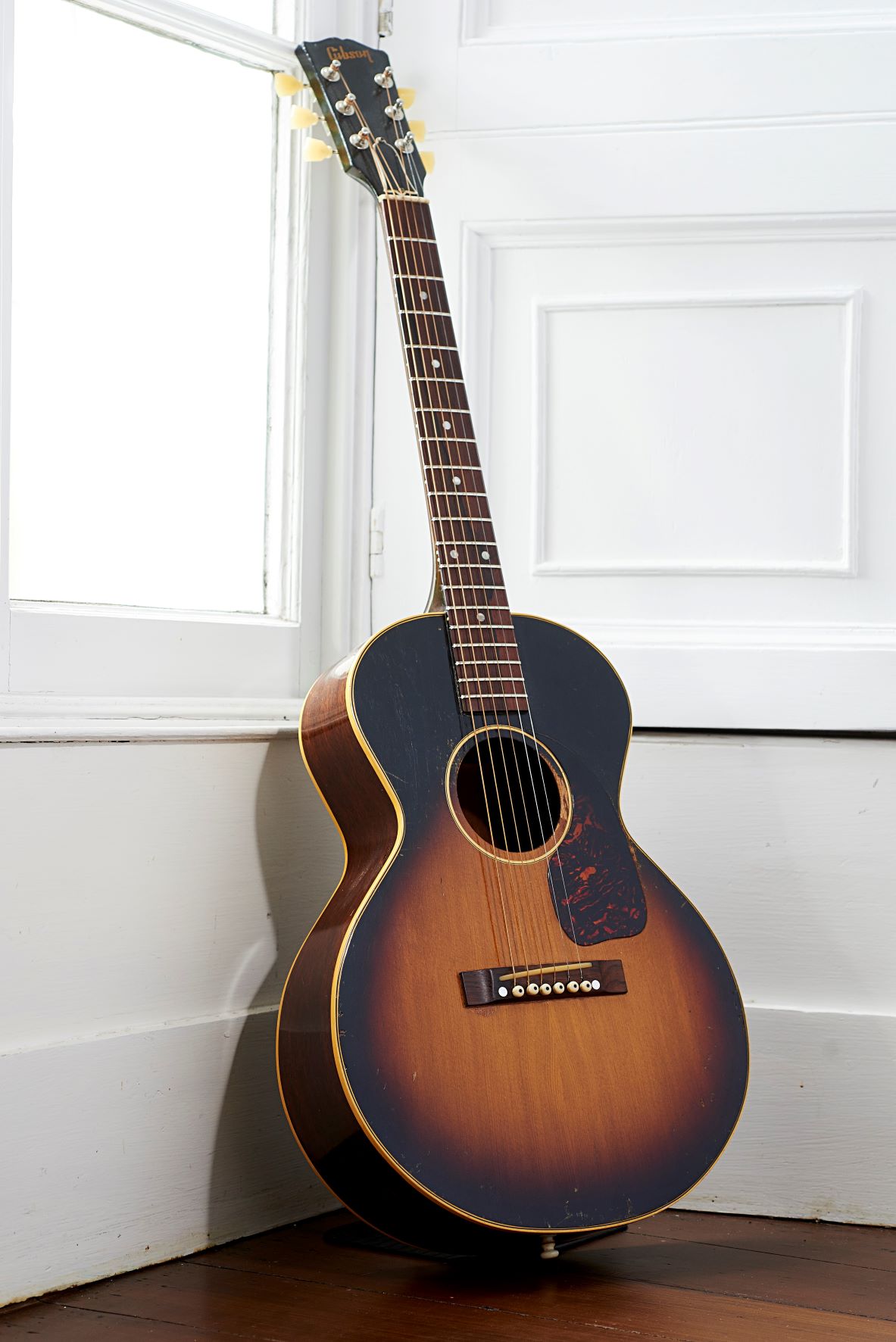
Due to wartime materials shortages LG-2 construction varies. Guitars appeared with mahogany or maple necks, backs and sides, along with mahogany or spruce tops. It was in production up until 1962 when it was replaced by the B-25.
All the latest guitar news, interviews, lessons, reviews, deals and more, direct to your inbox!
Southerner Jumbo/Country Western
Gibson’s dreadnought designs have been a mainstay of the flat-top world ever since their debut model, the Jumbo, was released in 1934. During 1942, the sunburst finish Southerner Jumbo replaced the J-55 as Gibson’s leading dreadnought and the first models were shipped in August the following year.
Immediately recognizable by its L-7 archtop-style large double-parallelogram rosewood fretboard inlays and sunburst finish, the Southerner Jumbo is also referred to as the Southern Jumbo, or simply the SJ.
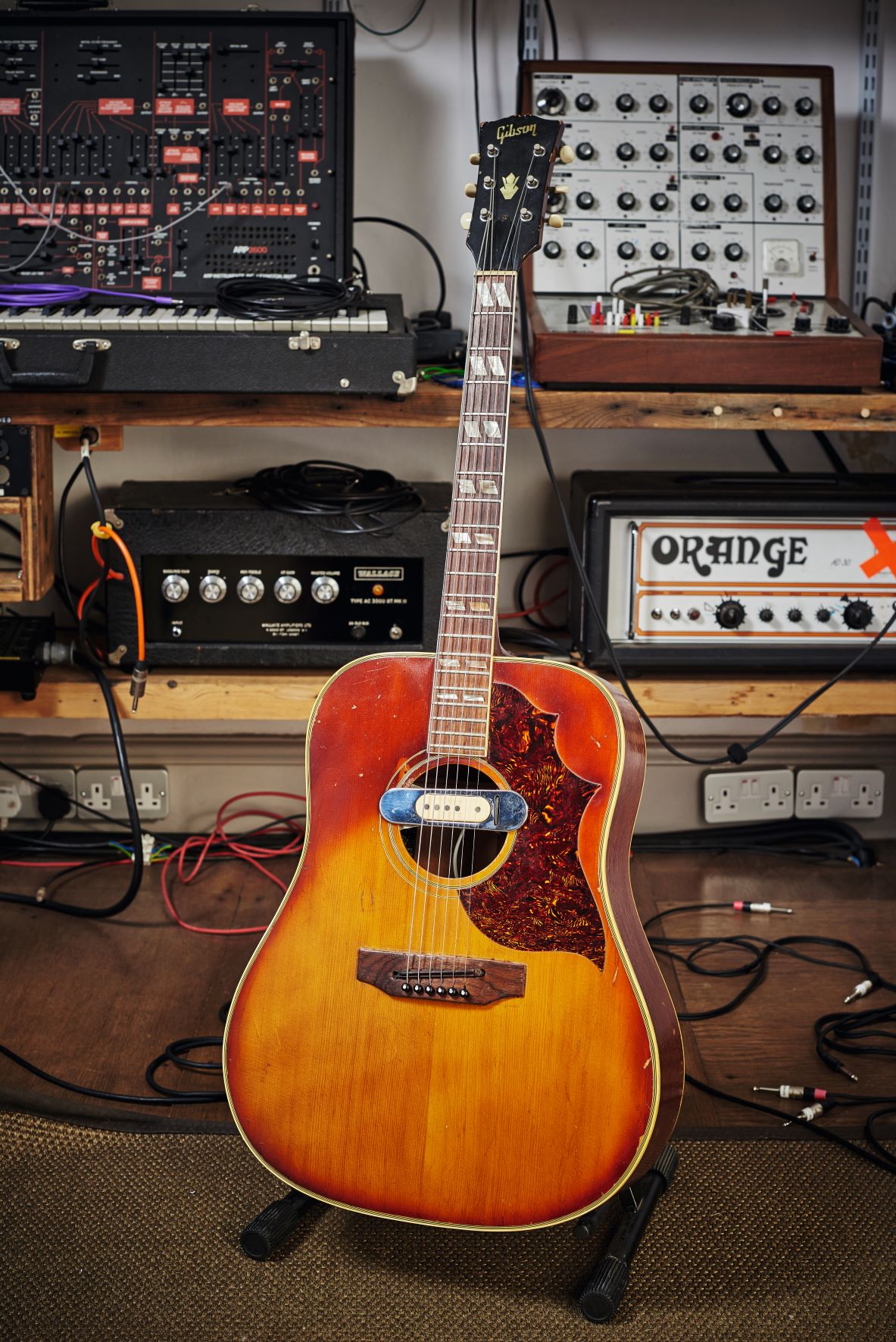
Though mahogany was used for the neck, back, and sides in the majority of cases, early examples with maple necks and maple or rosewood backs and sides have been well documented. Its natural finish counterpart appeared in the mid-50s and is variously known as the Country Western and/or SJN (N stands for ‘Natural’ finish). Both models were discontinued by 1978.
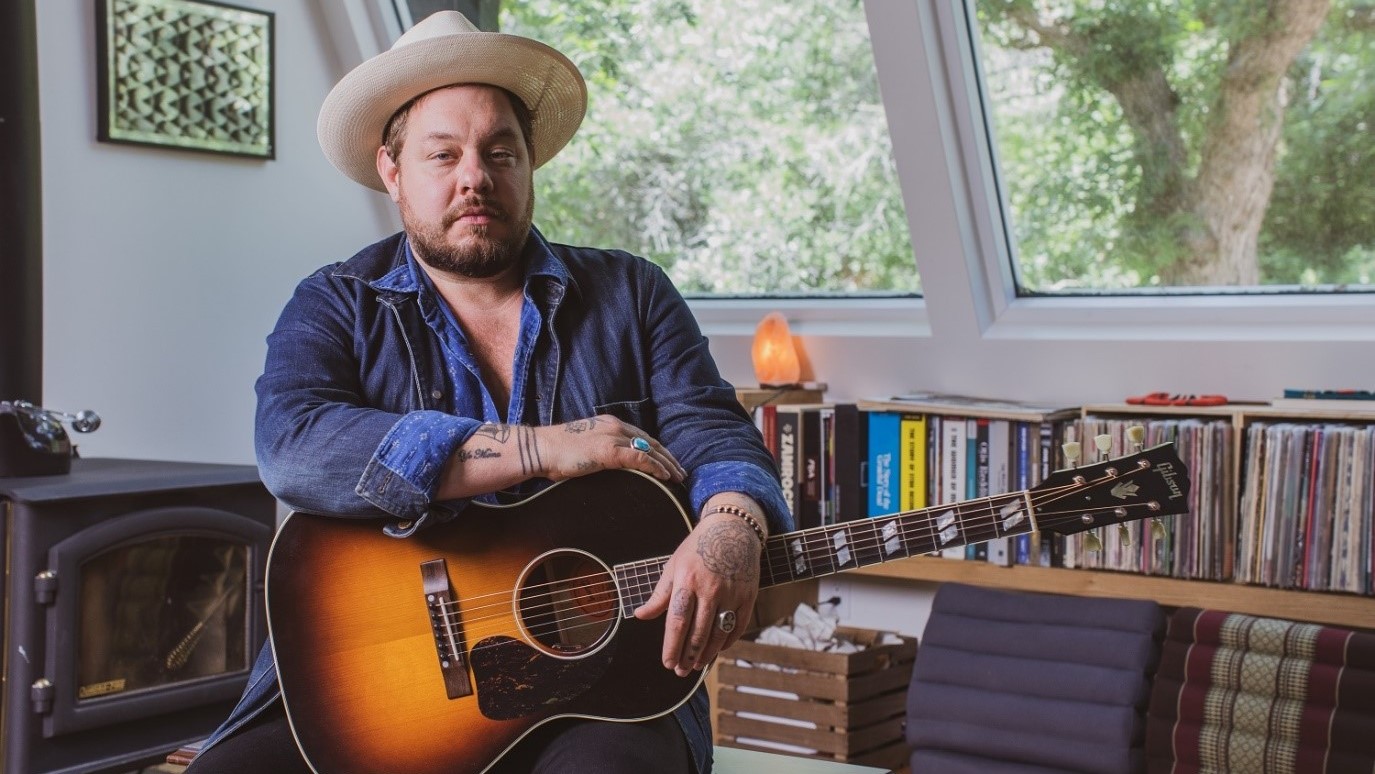
Combining the best of both, the Gibson Nathaniel Rateliff LG-2 Western features a series of unique specs. Here they are at a glance:
Body
Adirondack red spruce top with hand-scalloped X-bracing; mahogany back & sides; bound back and multi-ply bound top with Vintage Sunburst nitrocellulose finish
Neck
V-profile; mahogany; hot hide glue compound dovetail joint; 24¾ inch scale; bound 20-fret/12-inch radius Indian rosewood fretboard with double-parallelogram inlays; bone nut
Hardware & electronics
Nickel-plated Gotoh Keystone tuners; bone saddle; adjustable truss rod; LR Baggs VTC pickup & preamp (¼ inch endpin jack)
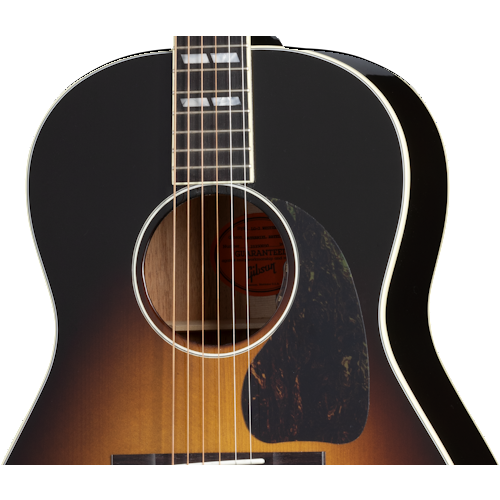
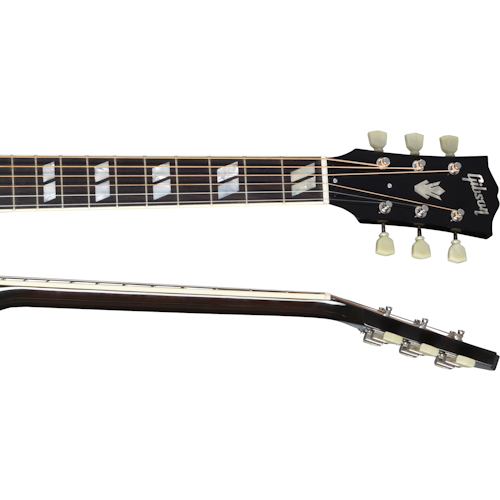
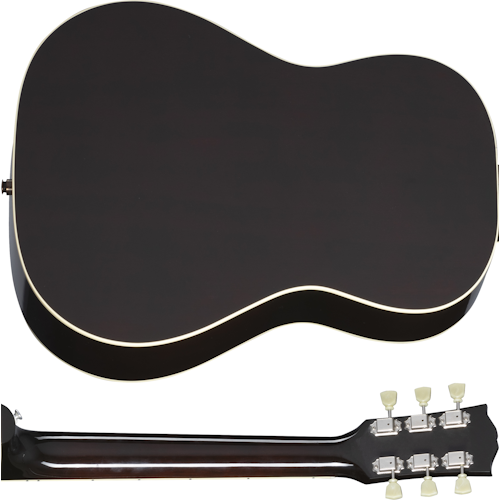
Visit the Gibson website here for more information about the Gibson Nathaniel Rateliff LG-2 Western.
Rod Brakes is a music journalist with an expertise in guitars. Having spent many years at the coalface as a guitar dealer and tech, Rod's more recent work as a writer covering artists, industry pros and gear includes contributions for leading publications and websites such as Guitarist, Total Guitar, Guitar World, Guitar Player and MusicRadar in addition to specialist music books, blogs and social media. He is also a lifelong musician.

